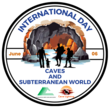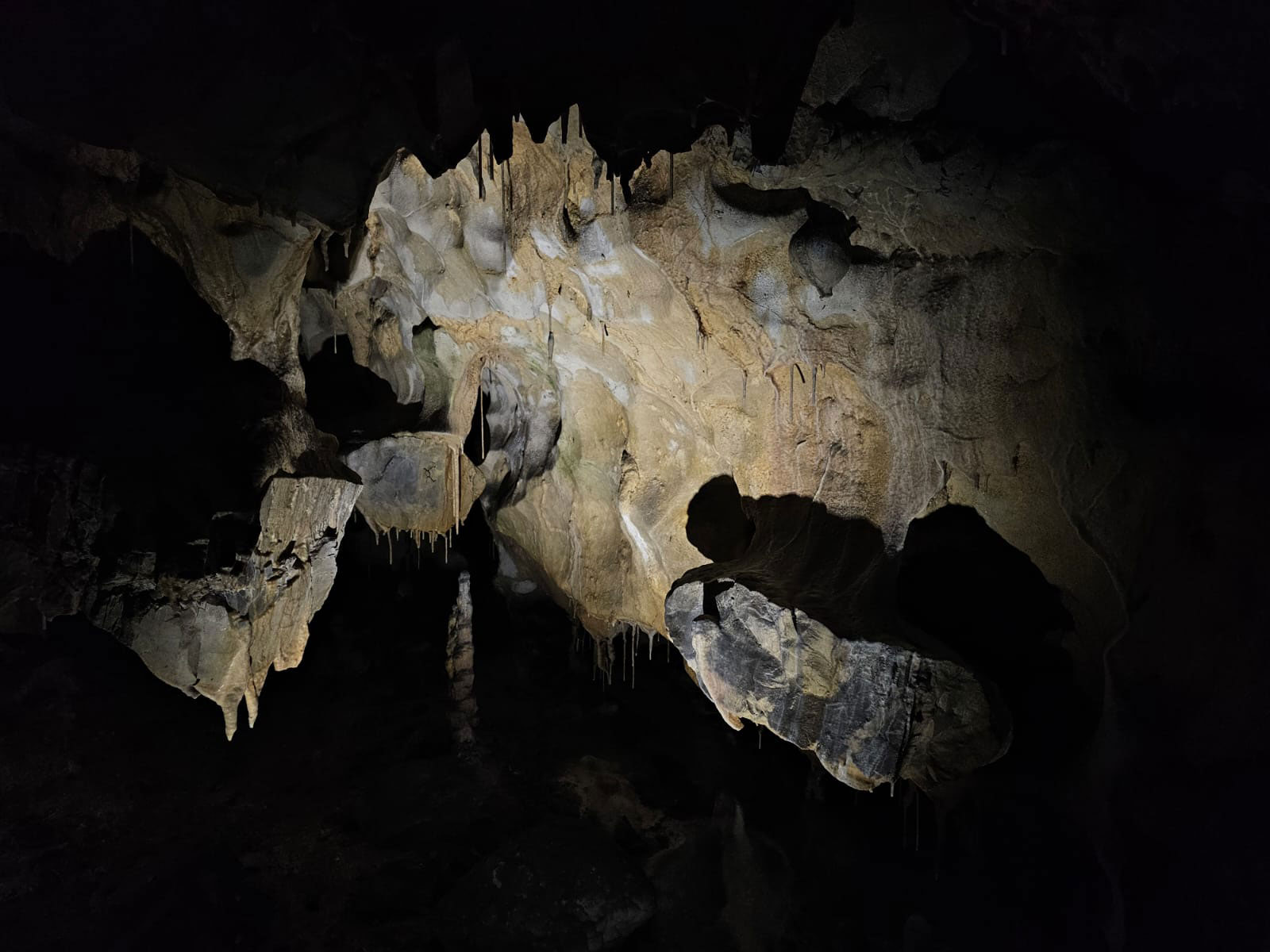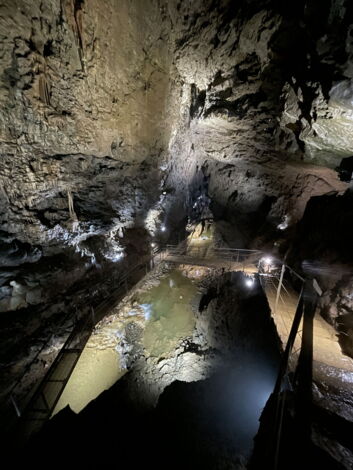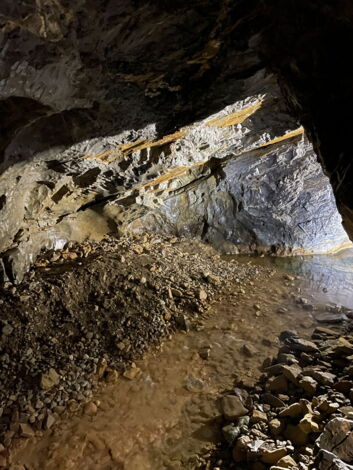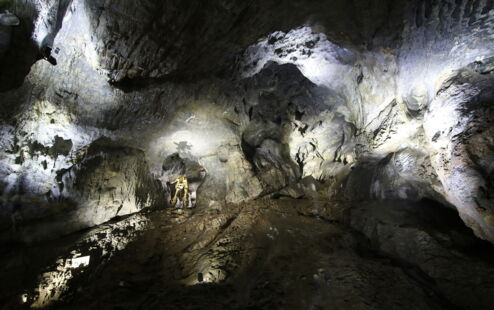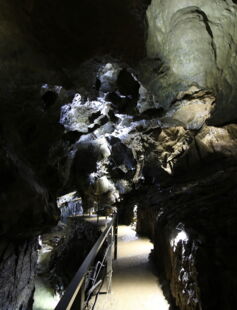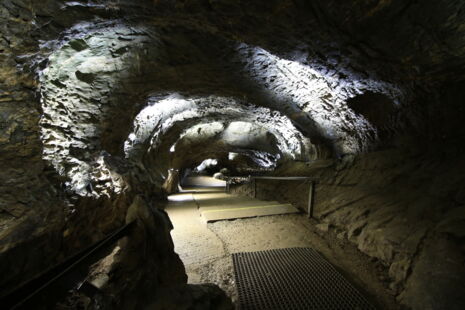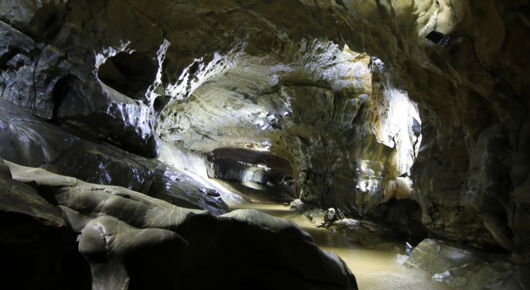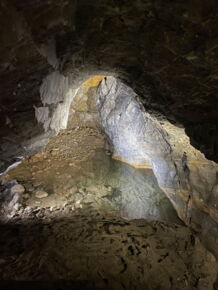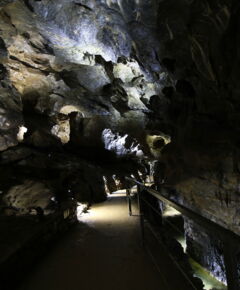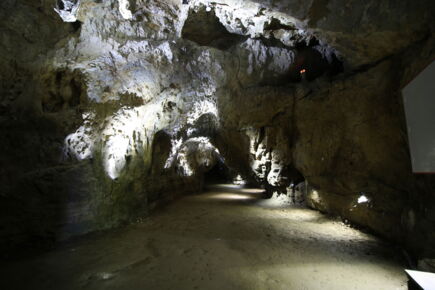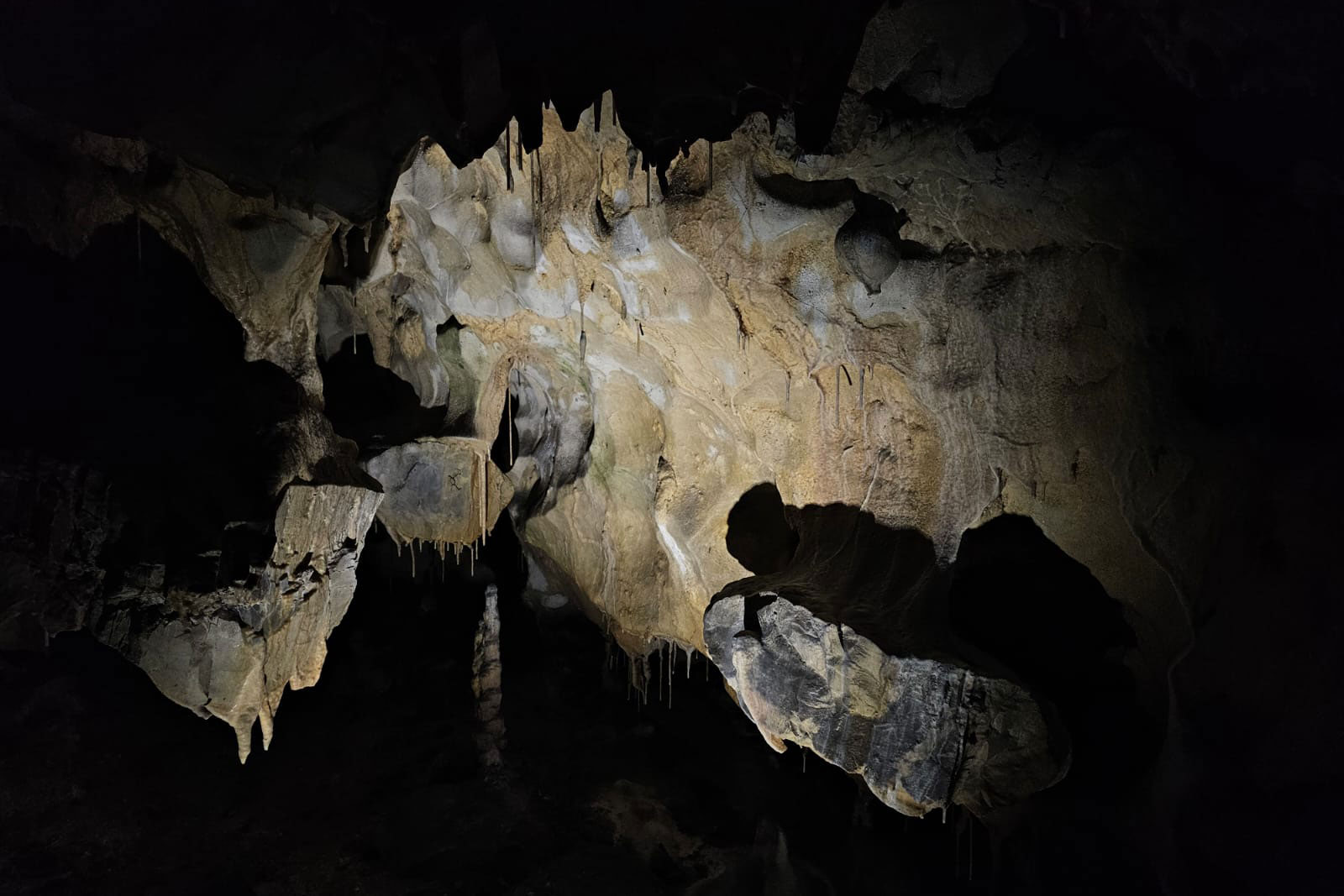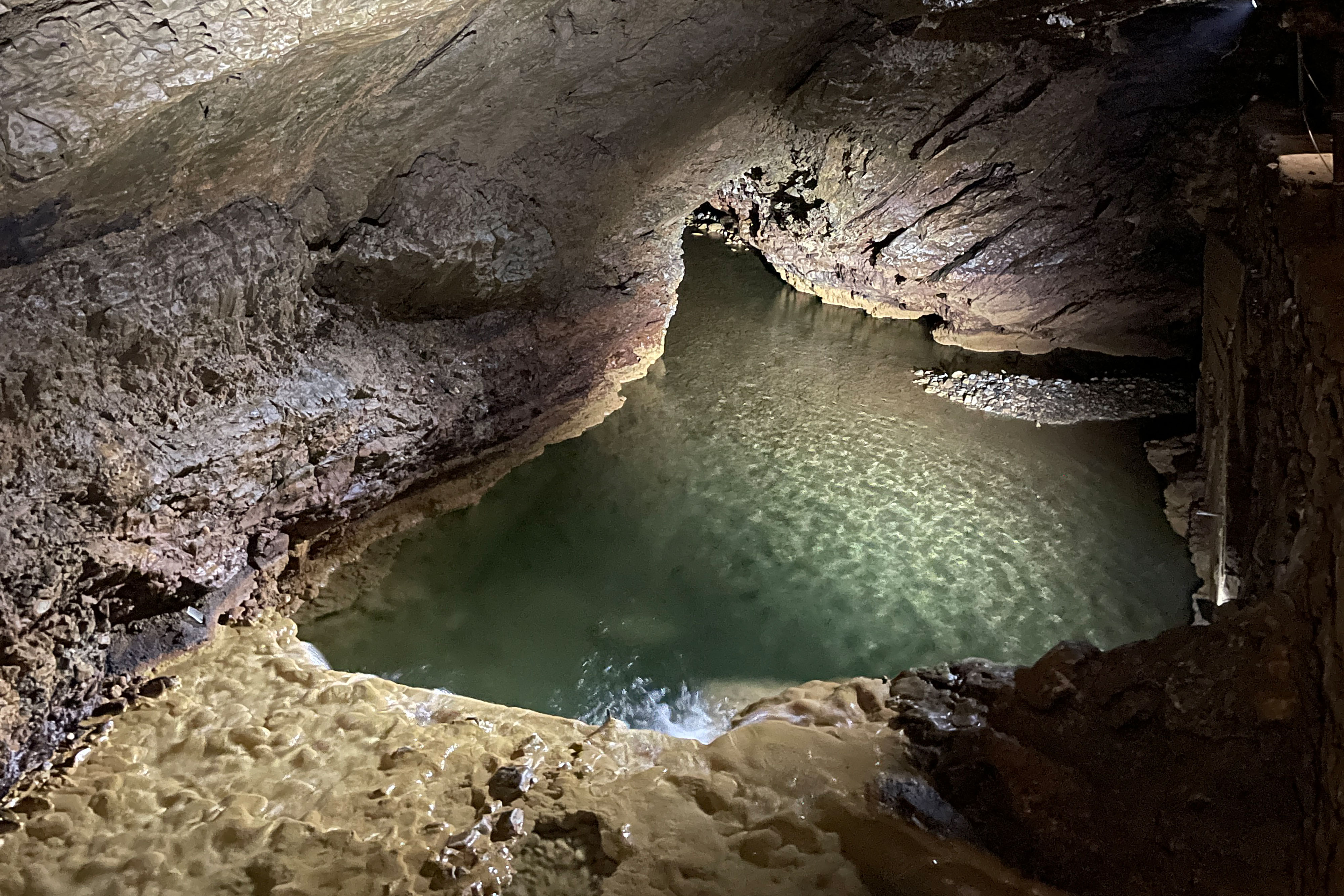
Lurgrotte Peggau: A Karst Jewel in the Heart of Styria
Lurgrotte Peggau: A Karst Jewel in the Heart of Styria
Nestled in the Tannenben region, the Lurgrotte cave in Peggau stretches nearly 5 km — the largest accessible underground system in Austria open to the public.
Located 25 km north of Graz, in the state of Styria, the cave’s rock—estimated to be around 400 million years old—was first revealed to the human eye in 1894, when Italian speleologist Max Brunello ventured inside.
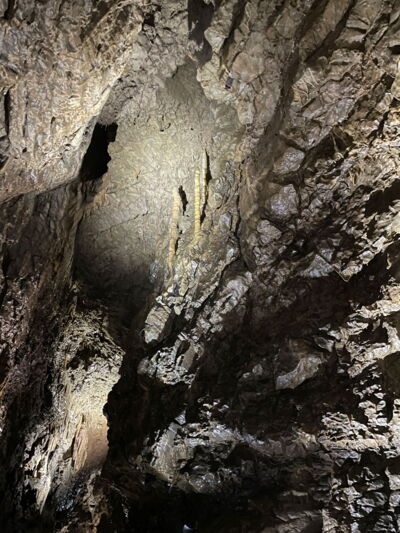
A Network Crossed by Two Streams
Crossed by two streams, the Lurbach, which enters the underground network through one of the cave’s entrances and the Schmelzbach, which emerges from the opposite entrance, it wasn’t until 1935, with the construction of a drainage gallery, that full traversal of the cave became possible
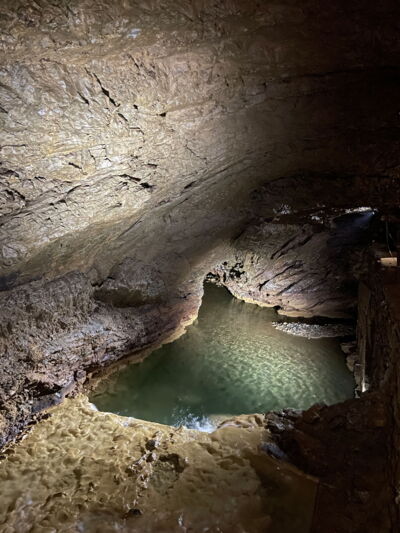
Two Entrances, Two Experiences
The Lurgrotte has the particularity of having two independently managed entrances — one in the village of Semriach and the other in Peggau.
In the past century, visitors could complete the full 6 km traverse from one entrance to the other. However, a historic flood in 1975 destroyed the tourist path and put an end to that experience. Today, a maximum of 2 km is accessible.
A more demanding “adventure tour” is however available by reservation during the winter months. It leads up to 4 km deep into the cave, offering a unique and immersive experience.
Even today, flash floods remain a risk, sometimes raising the water level in minutes. A modern alert system is now in place to ensure immediate evacuation when necessary.
Features of the Lurgrotte:
- Extensive limestone formations (stalactites, stalagmites)
- Grand Dome Chamber: 120 m long, 80 m wide, 40 m high — one of the largest natural chambers in Central Europe (Semriach)
- The Giant Stalactite (40 tons): the thickest suspended limestone structure found in any cave (Semriach)
- Two watercourses flowing through the cave
- Evidence of Neanderthal-era human presence around the site
- Fossil remains of cave bears
- Constant year-round temperature of 10°C
- Humidity level: 97%
- Wildlife: a colony of around 500 bats from October to May
Guided Tours
Two guided tours are offered from April to October:
- 1-hour tour covering 1 km
- 2-hours tour covering 2 km
- Caving experience available in Winter only by reservation
Cave Lighting Steps In
The Cave Lighting project was launched in 2020 with an initial contact, followed in 2021 by the start of the installation inside the cave. The second phase then began in 2024, with both phases overseen by project manager Alejandro Hernaiz Gomez.
The third and final phase was initiated in May 2025, scheduled for two months, overseen by project manager Adrian Titus Kondacs, supported by a team of four Cave Lighting specialists.
The cave is operated by the Club (Lurgrottengesellschaft Peggau), which provided the majority of the project’s funding. The municipality of Peggau also contributed, and for the third renovation phase, additional support was secured through the LEADER program, aimed at promoting climate-friendly lighting solutions.
Cave Lighting consulted with the cave’s manager to define the lighting vision, then developed a detailed presentation and concept, which were approved by the board. For the installation, the team prepares a basic lighting setup for each zone, while final adjustments and fixture placement are determined on-site by the project manager.
Lighting by the Numbers
- Lighting fixtures installed: 810
- Maximum power consumption: 3500 watts
- Cable length: approximately 10 km
- Electrical cabinets: 9
- Independent lighting zones: 9 (each individually controllable)
- Aesthetic and Sustainable Design
Replacing the aging and inefficient previous system, the new lighting scheme uses cooler tones specifically chosen to enhance the cave’s textures and geological features. These tones preserve the natural mineral atmosphere and visual integrity of the cave.
The installation incorporates the following Cave Lighting fixtures:
- LSQ2 LED
- LQP2 LED
Combined with Cave Lighting programmable control system such as:
- CD2
- CN2
- CP2
- RR-Funkempfänger
The choice also supports a sustainable conservation approach: cooler light with smart switching procedure helps suppress the growth of lamp-flora (light-induced algae), while subtly revealing the time-sculpted mineral architecture.

Making cave lighting smarter: the CL-WF2-01 Device
In addition to these installations, it was also decided to introduce the CL-WF2-01 device, a Cave Lighting WIFI access adapter. Developed by Cave Lighting, the CL-WF2-01 unit provides a wireless interface to the cave lighting system via WIFI or Bluetooth. It can be used for remote control, maintenance, and configuration of the lighting control system.
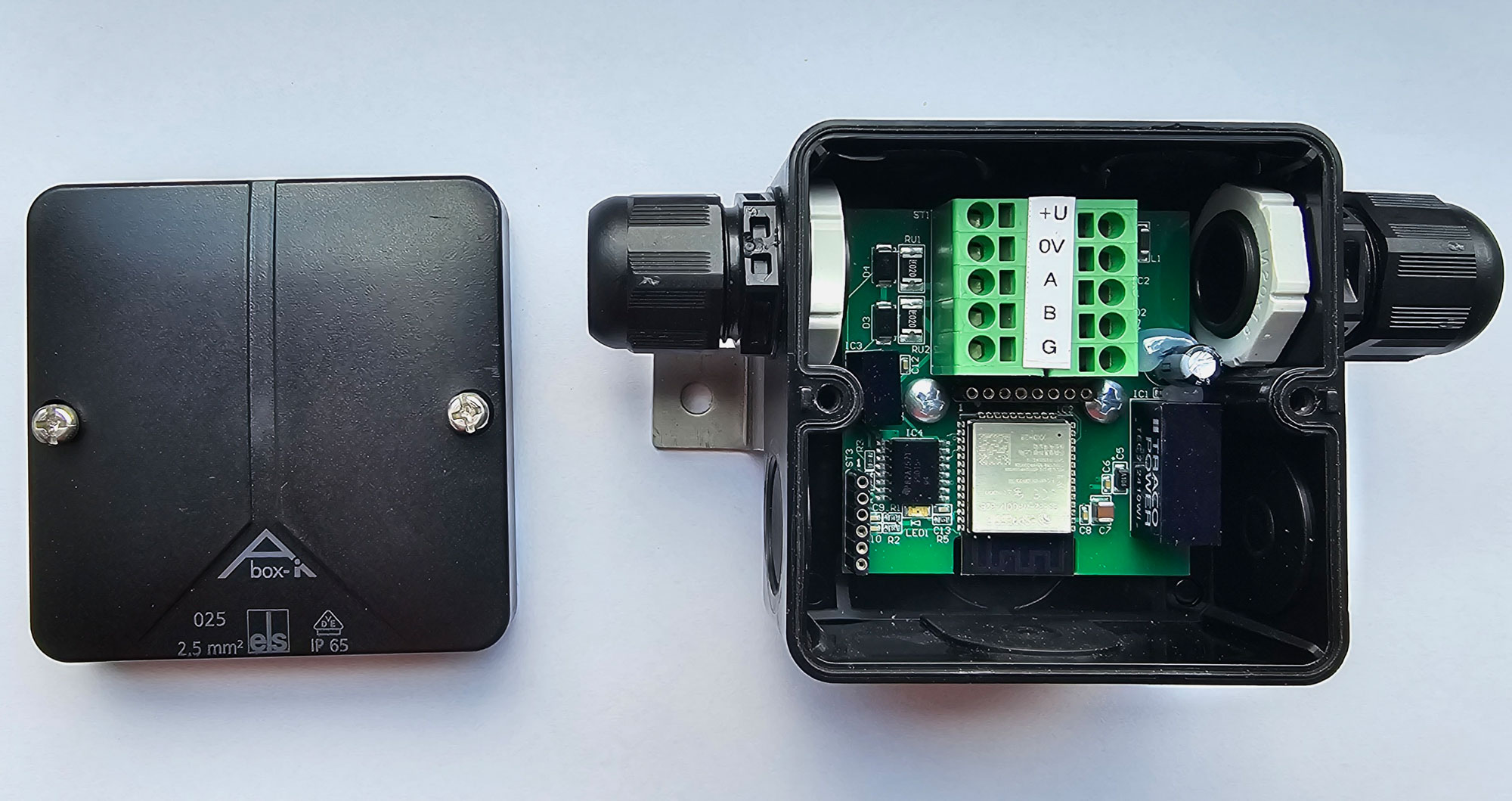
In practical terms, by adding the Cave Lighting CL-WF2-01 device, the lighting system becomes fully connected, allowing cave managers, guides, and maintenance teams to monitor, adjust, and optimize the lights remotely.
This makes it easier to adapt lighting for tours or events, troubleshoot and maintain equipment without being on site and improve energy efficiency, all while ensuring a safer and more flexible experience inside the cave.
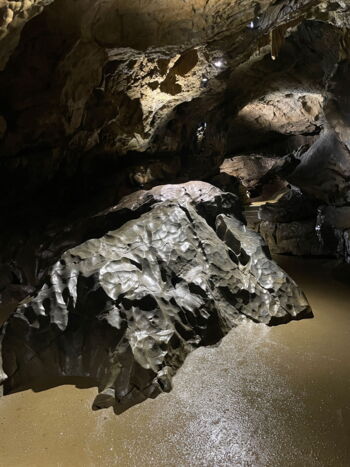
Project Challenges
As the cave is prone to flooding, One of Cave Lighting’s main challenges was to find suitable locations for the electrical cabinets outside flood-prone areas.
Rain and thunderstorms also played their part during the renovation, forcing Cave Lighting to halt work for several full days at times.
In addition, all work was carried out while the cave remained open to visitors. The team had to adapt to daily tourism, scheduling tasks to ensure that the installation did not interfere with public tours.
Although the project extended over five years, it has been successfully completed.
The project handover is scheduled for late June 2025.
We hope that visitors will enjoy the new lighting and the enhanced showcasing of the rock formations, starting this summer, for a full new experience in these Austrian caves.
